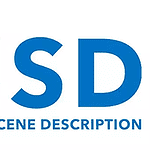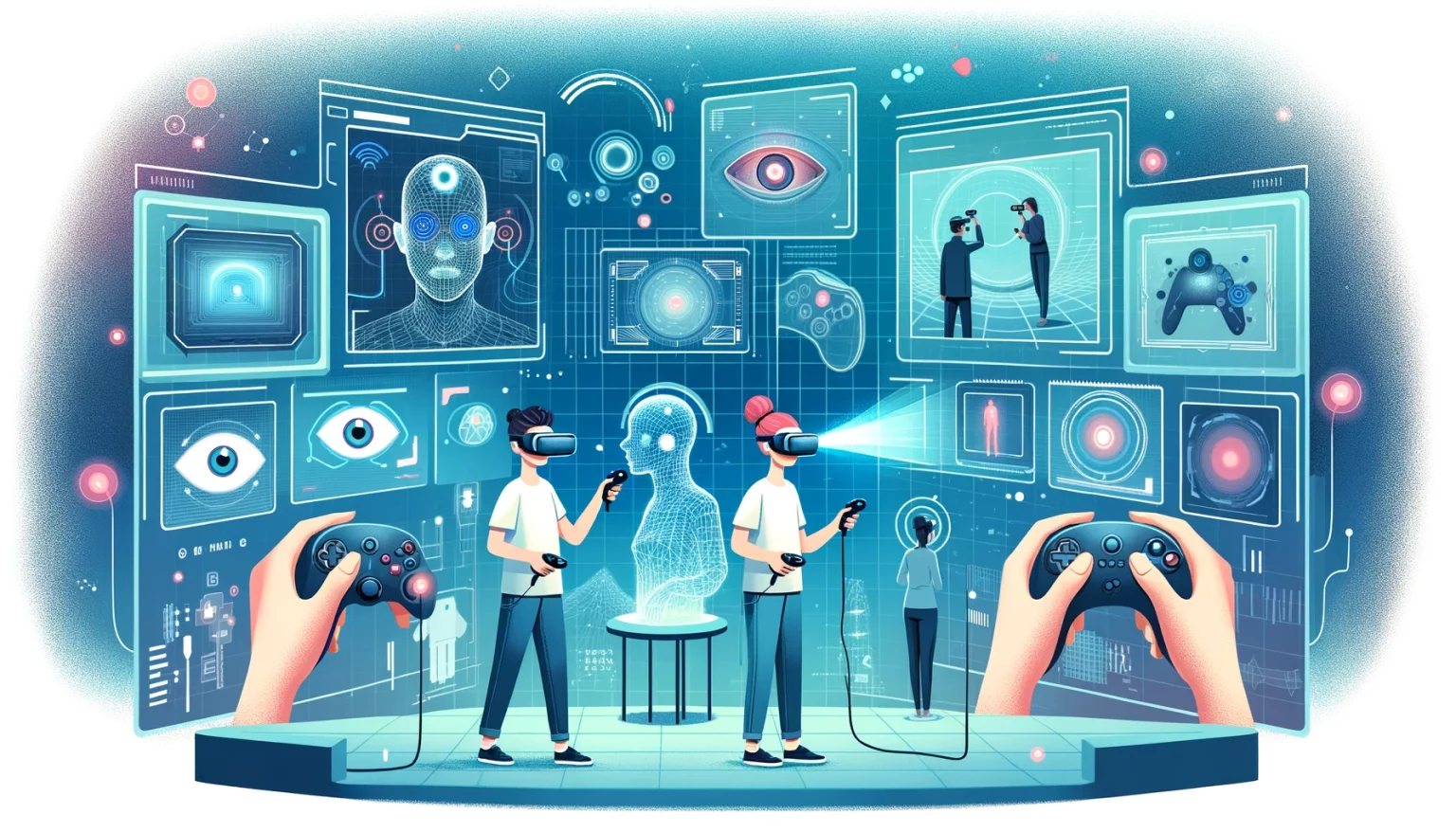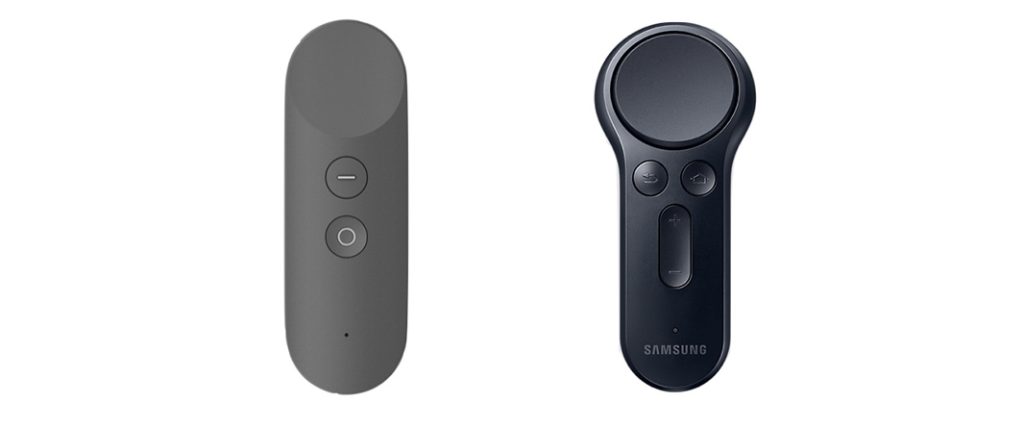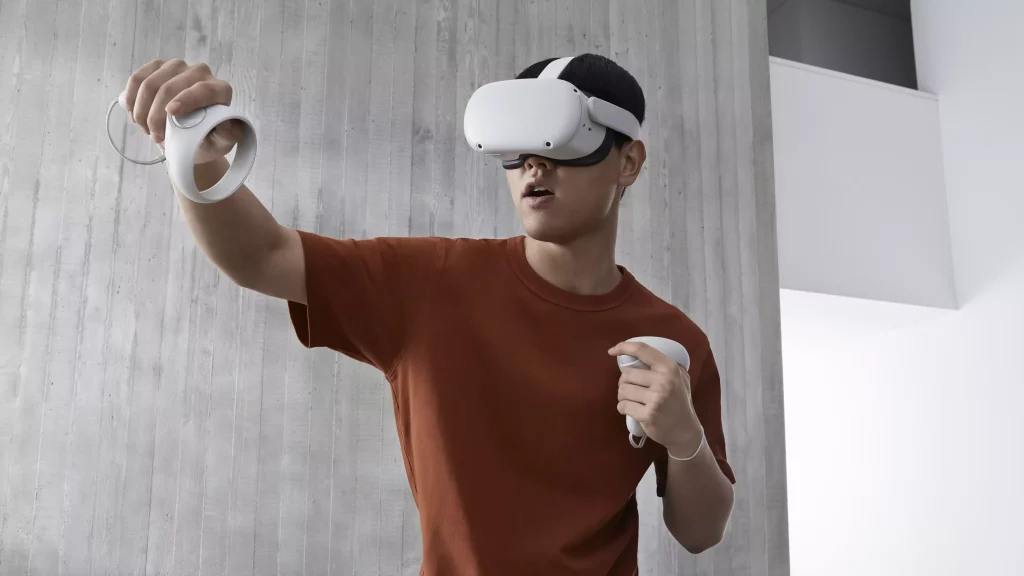

Welcome to the fascinating world of virtual reality (VR), which takes us into immersive, digital universes. In this world, the ways in which we interact with our surroundings are as diverse as the worlds themselves. The way we navigate and interact in virtual reality has a profound impact on our experience and the usability of the respective application. From simple head movements to advanced eye tracking and hand tracking, each control method has its own characteristics and areas of application.
We look at various techniques such as gaze control, head rotation, three- and six-axis controllers as well as hand control and eye tracking. We will examine how they work, their advantages and disadvantages and in which scenarios they can best be used. Our aim is to give you a comprehensive understanding of the different control options in VR so that you can make the best choice for your specific project or application. Let's start this fascinating journey through the virtual reality control landscape together.

Gaze Control uses the user's head movements to navigate the virtual world. This method was particularly popular in the early days of VR, as it requires no additional hardware and can be implemented on almost any device with a gyroscope. It is intuitive as it uses the natural inclinations for orientation and exploration in the VR environment, but at the expense of precision and comfort during prolonged use.
Hand Tracking revolutionizes the way we interact with the virtual world by using the natural hand movements of the user. This method enables a more direct and intuitive interaction as it resembles the real handling of objects. Although the precision depends on the quality of the hand tracking system and does not always reach the accuracy of a controller, it offers an incomparably natural feel, especially in applications that require haptic interactions. Almost all modern headsets are capable of navigating with hand tracking. The HoloLens 2 mixed reality headset relies exclusively on this technology for navigation. However, hand tracking can quickly reach its limits when you have to navigate in virtual space while sitting at a desk, for example, and real objects restrict your ability to move your hand. It can happen that a clickable element in the virtual world simply cannot be reached because it is obstructed by a real object. handtracking generally works better with standing applications than when seated, as you need a little space.
Advantages:
Disadvantages:
Areas of applicationHaptic experiences, creative applications, augmented reality.

The three-axis controller (3DoF) was considered a pioneer in VR control, but is now outdated. They provided basic interactions in the virtual world by capturing rotations around three axes - roll, pitch and yaw. Despite their contribution to the development of VR, especially in early headsets such as the Oculus Go, they offer limited immersion and precision compared to newer 6DoF controllers. Their limitation to rotational movements without spatial position tracking makes them less suitable for modern, more demanding VR applications. 3Dof controllers are usually used in conjunction with 3DoF VR headsets for use. Because if the headset does not have position tracking, the controller usually does not need it either.
Advantages:
Disadvantages:
Areas of application360° videos, training simulations.

Six-axis controllers, also known as 6DoF controllers, enable an even more precise and immersive VR experience. They can locate their position in space and rotation with XYZ coordinates, allowing users to manipulate objects in the depth of space or reach for them using the controller. These controllers, which are used in devices such as the Meta Quest and HTC Vive, offer a wealth of interaction possibilities and are now the preferred method for complex VR experiences.
Advantages:
Disadvantages:
Areas of applicationAdvanced games, professional VR applications, training simulations.
Eye tracking in VR goes beyond simple gaze control by tracking the exact eye movements of the user. This technology requires careful calibration and high-quality hardware, but is increasingly being used in premium VR systems such as the Apple Vision Pro. Eye tracking enables a subtle but profound type of interaction that is particularly valuable in areas such as market research or applications that rely on accurate user observations. In contrast to hand tracking, control via eye tracking can also be used quite well in confined spaces, such as when sitting at a desk.
Advantages:
Disadvantages:
Areas of applicationPremium VR experiences, research, user behavior analysis.
The choice of the right control method depends on several factors: the type of application, the target group and the hardware available. While intuitive methods such as gaze and hand control (Hand Tracking) are suitable for simple applications and beginners, controller-based methods offer more precision and versatility for complex applications. Eye Tracking offers unique possibilities, but is more suitable for special applications due to the high-quality hardware required.
It is important to realize that there is no universal best control method. Instead, designers and developers should choose the method that best suits their specific application.

Are you interested in developing a virtual reality or 360° application? You may still have questions about budget and implementation. Feel free to contact me.
I am looking forward to you
Clarence Dadson CEO Design4real






